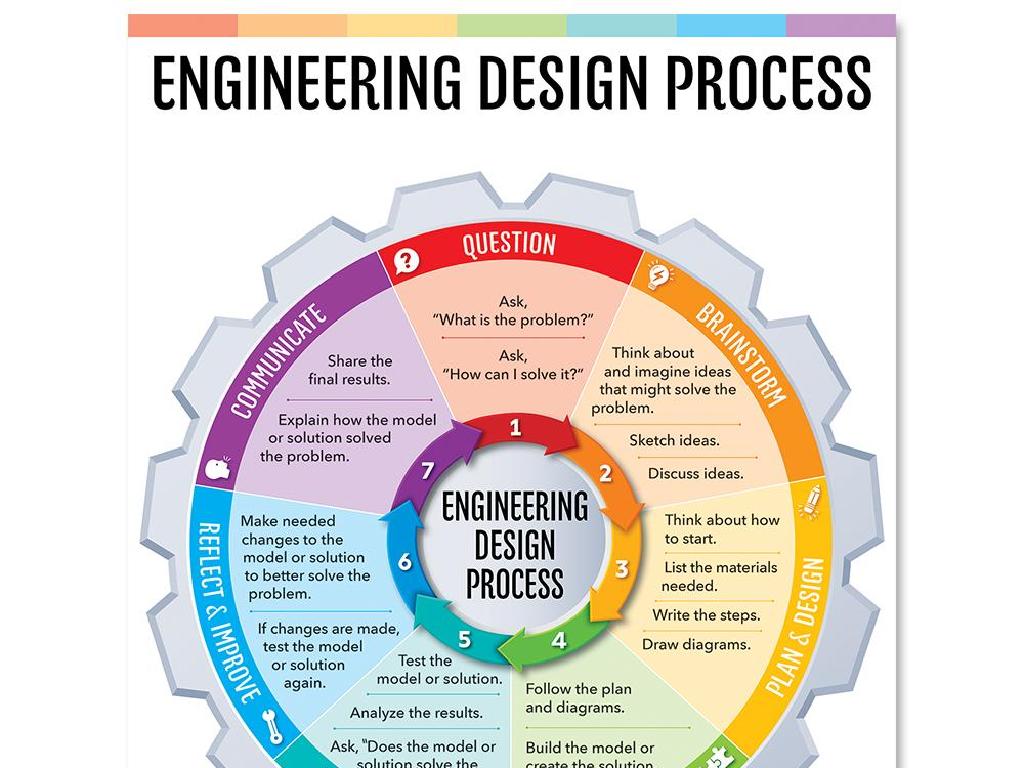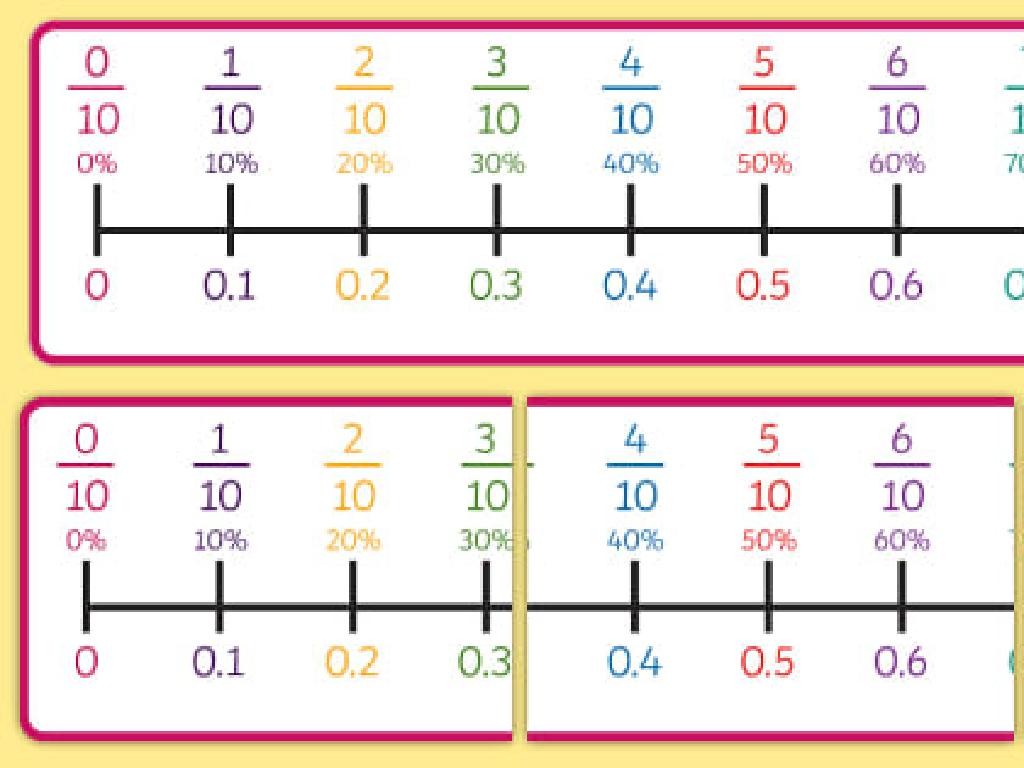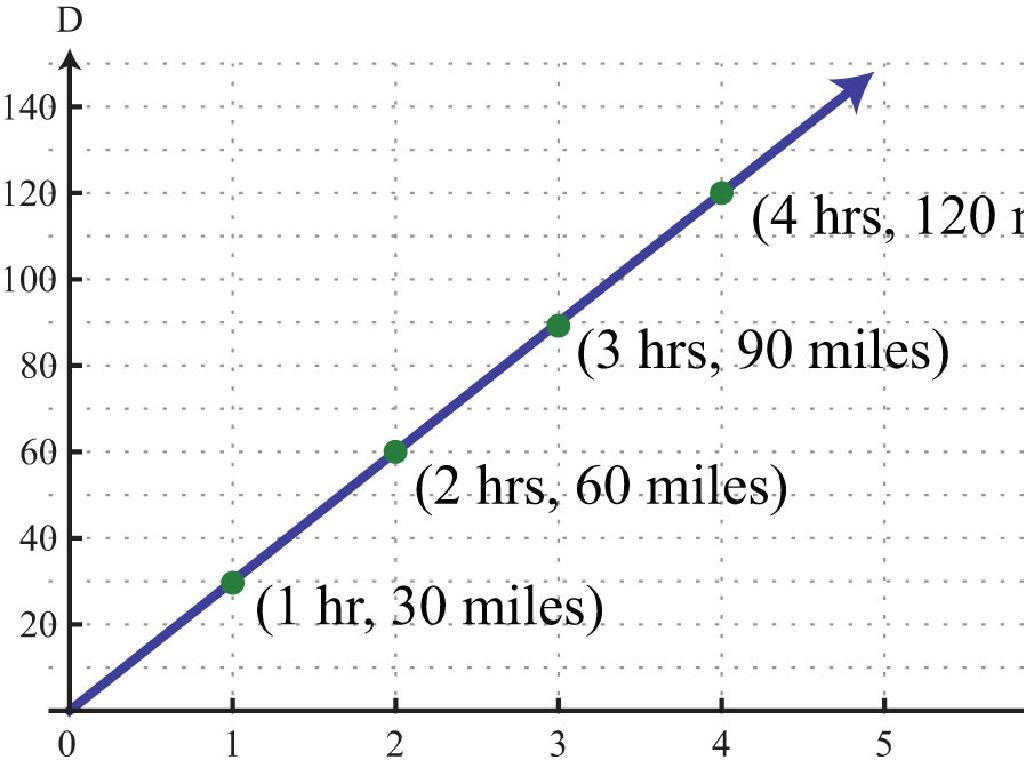Subtract A One-Digit Number From A Two-Digit Number - Without Regrouping
Subject: Math
Grade: Second grade
Topic: Subtraction: Two Digits
Summary: This second grade math lesson covers subtraction of a one-digit number from a two-digit number without regrouping. Students will learn key terms like minuend, subtrahend, and difference through clear examples and interactive activities such as practice problems and Subtraction Bingo. Visual aids and step-by-step guidance help build confidence with subtracting without borrowing, making subtraction both accessible and fun. Homework reinforces these skills for continued success in class.
Please LOG IN to download the presentation. Access is available to registered users only.
View More Content
Welcome to Subtraction!
– Understanding subtraction
– Subtraction means taking away numbers.
– Subtracting without regrouping
– Keep the tens digit the same, only subtract from the ones.
– Examples: 52 – 3, 46 – 5
– See how we subtract the smaller number from the larger one.
– Practice makes perfect
|
This slide introduces the concept of subtraction to second graders, emphasizing the process of taking one number away from another without the need to regroup. Start by explaining subtraction as a concept of ‘taking away’. Then, move on to the specific case of subtracting a one-digit number from a two-digit number, ensuring to highlight that if the one’s digit of the two-digit number is larger, there’s no need to regroup or ‘borrow’ from the tens digit. Provide clear examples on the board and work through them step by step. Encourage students to practice with similar problems and reassure them that with practice, they will become more confident in their subtraction skills.
Understanding Subtraction: Taking Away
– Subtraction means taking away
– ‘Minuend’: the starting number
– If you have 23 apples and start with all, that’s the minuend
– ‘Subtrahend’: the number taken away
– If you give away 5 apples, that’s the subtrahend
– ‘Difference’: what’s left after
– Count how many apples are left to find the difference
|
This slide introduces the basic concept of subtraction to second graders. Subtraction is explained as the process of taking some things away from a group. The terms ‘minuend’, ‘subtrahend’, and ‘difference’ are defined using simple language and relatable examples, such as having a certain number of apples and giving some away. Emphasize that the minuend is the total amount we start with, the subtrahend is what we take away, and the difference is what we have left. Use visual aids like counters or pictures of apples to help students visualize the process. Encourage students to practice with real objects to solidify their understanding of these terms and the concept of subtraction without regrouping.
Subtraction Without Regrouping
– Subtract without borrowing
– Digits stay same or get smaller
– No need to borrow from next column
– Let’s solve an example together!
– Example: 52 – 3. Subtract 3 from 2? We can’t, so we subtract 3 from 5 in the tens place.
|
This slide introduces the concept of subtraction without regrouping, which is a foundational skill in second-grade mathematics. Emphasize to students that when subtracting, if the top number in a column is larger than the bottom number, they can subtract normally without needing to borrow from the next column. Use visual aids like counters or number lines if possible to help students visualize the subtraction process. For the example, walk through the steps of subtracting each digit, starting from the rightmost side. Encourage students to practice with similar problems and reassure them that it’s okay if they make mistakes—they can always try again.
Subtracting Without Regrouping
– Start with the number 52
– We need to subtract 3
– Can’t subtract 3 from 2 in the ones
– Subtract 3 from 52 directly
– Since 2 is less than 3, subtract 3 from the whole number 52 to get 49
|
This slide is aimed at teaching second graders how to subtract a one-digit number from a two-digit number without regrouping. Begin by presenting the problem 52 – 3. Explain that we normally start subtracting from the ones place, but in this case, we cannot subtract 3 from 2 because 2 is smaller than 3. Emphasize that we do not need to regroup because the total number 52 is larger than 3. Guide the students to understand that they can subtract 3 directly from 52. The answer is 49. Use this example to practice similar subtraction problems and ensure students grasp the concept of direct subtraction without regrouping.
Let’s Practice Together: Simple Subtraction
– Solve 34 minus 5
– Subtract 5 from 4 in the ones place, but wait, we can’t do that without regrouping!
– Start with the ones place
– Since we can’t take 5 from 4, we look at the tens place.
– No need to regroup
– Good news! No regrouping needed because the tens place doesn’t change.
– Find the answer together
– What’s 34 minus 5? It’s 29! Great job!
|
This slide is an interactive practice for students to understand subtraction without regrouping. Start by writing the number 34 on the board and then subtract 5. Guide the students to look at the ones place first. Since 4 is less than 5, normally we would regroup, but for this exercise, we want to avoid that. Instead, we’ll explain that since we’re not regrouping, the tens place (3 in 34) remains the same, and we only subtract 5 from the ones place. This will help them understand the concept of ‘taking away’ in subtraction. Encourage the students to participate and try to solve it as a class. After revealing the answer, praise their effort and reinforce the concept by solving a few more examples together.
Independent Practice: Subtraction Without Regrouping
– Solve the given problems
– No regrouping in these questions
– Just subtract the smaller number from the bigger one
– Ask for help if you’re stuck
– Teachers are here to help you!
– Practice makes perfect!
|
This slide is meant to guide students through independent practice of subtraction without regrouping. Provide a set of problems that involve subtracting a one-digit number from a two-digit number. Remind students that they do not need to regroup, or ‘borrow,’ for these problems. Encourage them to try their best and reassure them that it’s okay to ask for help if they encounter difficulties. Possible activities could include a worksheet with subtraction problems, a subtraction scavenger hunt, or a subtraction ‘race’ where students solve problems on the board. Monitor the class and offer assistance as needed, ensuring that each student is comfortable with the concept before moving on.
Class Activity: Subtraction Bingo
– Play Subtraction Bingo!
– Solve problems to mark your card
– Find the subtraction problem on your bingo card
– Aim for five correct in a row
– Shout ‘Bingo!’ when you get five in a row
– Practice one-digit from two-digit subtraction
– Helps to reinforce subtraction skills without regrouping
|
This interactive activity is designed to make learning subtraction fun. Provide each student with a bingo card filled with various subtraction problems that involve subtracting a one-digit number from a two-digit number without regrouping. As you call out subtraction problems, students will solve them and mark off the answers if they appear on their cards. The first student to get five correct answers in a row horizontally, vertically, or diagonally wins. Possible variations of the game could include playing for a ‘full house’ where all answers must be marked off, or ‘corners’ where the four corner answers must be solved. This game encourages quick mental math and reinforces the concept of subtraction without regrouping. Make sure to have small prizes or tokens of achievement for the winners to keep the game exciting.
Subtraction Success and Homework
– Congratulations on learning subtraction!
– Homework: Complete the worksheet
– Worksheet has problems like 52 – 3 or 47 – 5
– Bring questions to the next class
– Don’t hesitate to ask if something is unclear
– Practice makes perfect!
|
This slide wraps up the lesson on subtracting a one-digit number from a two-digit number without regrouping. Congratulate the students on their hard work and understanding of the concept. Assign a worksheet for homework to reinforce their skills. The worksheet should include various problems that apply the day’s lesson. Remind students to bring any questions they have to the next class, emphasizing that it’s okay to need help. Encourage them to practice at home to solidify their understanding of the subtraction method learned.






